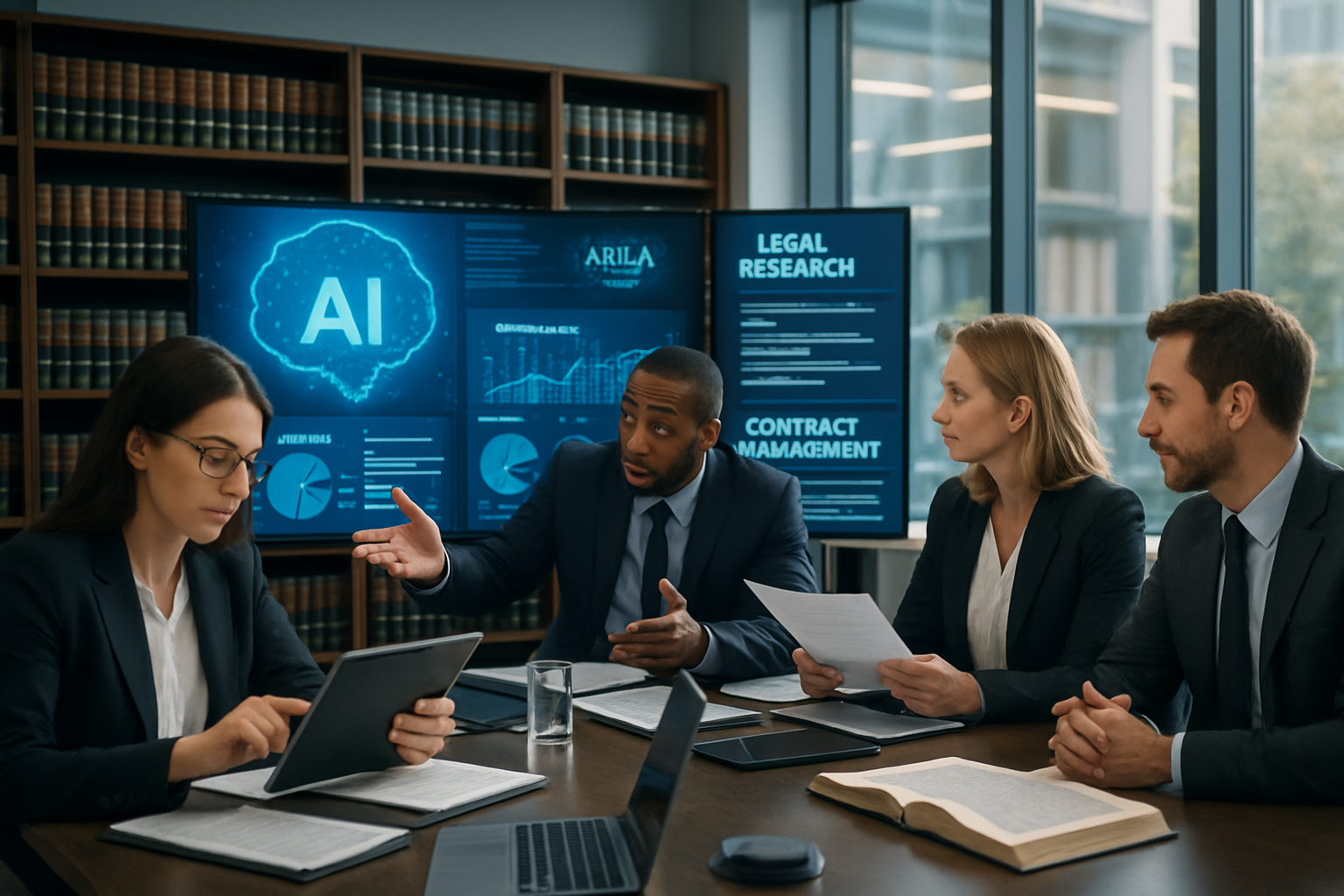Service that suites your needs
Our custom software development process revolves around an AI-centric approach, enhancing user experiences and delivering highly efficient solutions through advanced artificial intelligence technologies.
.png?width=292&height=132&name=Image%20(3).png)
Our custom software development process revolves around an AI-centric approach, enhancing user experiences and delivering highly efficient solutions through advanced artificial intelligence technologies.
.png?width=292&height=132&name=Image%20(3).png)
At Phyniks, we combine AI and creativity to drive innovation. Our tailored solutions yield extraordinary results. Explore our knowledge base for the latest insights, use cases, and case studies. Each resource is designed to fuel your imagination and empower your journey towards technological brilliance.
.png?width=284&height=129&name=Image%20(4).png)
At Phyniks, we combine AI and creativity to drive innovation. Our tailored solutions yield extraordinary results. Explore our knowledge base for the latest insights, use cases, and case studies. Each resource is designed to fuel your imagination and empower your journey towards technological brilliance.
.png?width=284&height=129&name=Image%20(4).png)

Have you ever wished your legal team could spend less time digging through endless case files and more time building strategy and trust with clients?
The legal world, long known for its cautious approach to technology, is finally undergoing a radical transformation.
The core of this shift is AI in Law and Legal. This technology isn't just about faster document processing; it's about reshaping the fundamental economics and practice of law. From automating tedious research to predicting case outcomes, the integration of AI in the Legal Sector is revolutionizing everything.
We are moving past the hype and entering an era where AI in Legal operations dictates competitive success.
In this post, we’ll explore how Generative AI in Legal is reshaping workflows, where the biggest opportunities lie, and what tools are already helping firms save hours and headaches, every week.
Unlike traditional AI, which excels at classification (e.g., flagging a contract as high-risk), Generative AI, powered by Large Language Models (LLMs), can create. It can understand the nuance of legal language, summarize complex statutes, and even draft initial legal text.
Think of it as a digital partner that can:
These systems aren’t replacing lawyers, they’re freeing them. The primary benefit of this technology across the entire AI in Legal Sector is simple: efficiency that translates directly into cost savings and increased capacity for high-value strategic work. Goldman Sachs estimates that up to 44% of current legal tasks could be automated by AI.
The practical use cases for AI in Law and Legal are already well-established, moving beyond pilot programs into mission-critical AI in Legal operations.
This remains the most common and highest-impact use of AI in Legal.
Research is the foundation of every strong legal argument, but manually searching through vast databases of case law and statutes is incredibly laborious.
For corporate legal departments, AI in Legal operations is focused heavily on contracts.
For law firms and in-house departments, the impact of AI in Legal operations extends far beyond billable client work. It's about running the business of law smarter.
One of the most strategic applications of AI in the Legal Sector is predictive analytics, which uses machine learning to forecast litigation outcomes.
The non-billable administrative burden on lawyers and paralegals is immense. AI in Legal automates these processes to maximize billable hours:
In an increasingly regulated world, compliance is a continuous challenge. AI in Law provides necessary vigilance.
While traditional AI in Law focused on data extraction and automation, Generative AI in Legal adds creation and reasoning.
Here’s how it differs:
| Aspect | Traditional AI | Generative AI in Legal |
|---|---|---|
| Function | Automates structured tasks | Creates, reasons, and drafts content |
| Output | Extracted insights | Natural language text, clauses, briefs |
| Example | Search for “force majeure” clauses | Draft a force majeure clause for a new contract |
| Benefit | Speed | Creativity + accuracy |
This evolution means AI isn’t just a backend tool, it’s now frontline intelligence for lawyers, analysts, and clients alike.
The AI in Legal sector is booming for one main reason: the legal workload keeps growing, but headcount doesn’t.
Law firms and in-house legal teams are under constant pressure to do more, draft faster, review accurately, and stay compliant with shifting global regulations.
Here’s why AI has become essential in 2026:
In short, AI isn’t replacing lawyers, it’s making them superhuman.
The speed of adoption for AI in Law and Legal must be matched by a commitment to ethical rigor. The risks associated with Generative AI in Legal are real, and the legal sector, more than any other, is defined by trust and accountability.
The most widely reported risk is the "hallucination", when an AI generates a plausible-sounding but entirely false answer, often including fake case citations or non-existent statutes. A lawyer who relies on unchecked AI output risks malpractice, sanctions, and professional ruin.
For every legal professional, the rise of AI in Legal introduces a new standard of care: the duty of competence now includes an understanding of the technology used. Firms must implement clear protocols:
The future of AI in Law is a partnership where the lawyer's critical judgment and ethical compass remain the ultimate authority.
The legal profession stands at an inflection point. AI in Law and Legal is not a threat to the lawyer's job, but it is an existential threat to the lawyer who refuses to adopt it. By automating the low-value, high-volume tasks that consume so much time and budget, AI in Legal operations is freeing up human capital to focus on strategic thinking, complex negotiation, and, most importantly, client success.
The firms and in-house departments that move decisively to integrate Generative AI in Legal, with appropriate ethical guardrails, will dominate the next generation of legal service delivery, offering higher quality, faster turnaround, and more competitive pricing.
Ready to transform your practice? Don't let your competitors define the future of AI in the Legal Sector for you. Contact our tech strategy team today to implement a secure, ethical, and highly efficient AI roadmap tailored for your firm.

Sign up for Links for Thinks — a weekly roundup of resources like this to help you uplevel your design thinking straight to your inbox
We'd love to hear from you! Whether you have a question about our services, want to discuss a potential project, or just want to say hi, we are always here to have meaningful conversations.